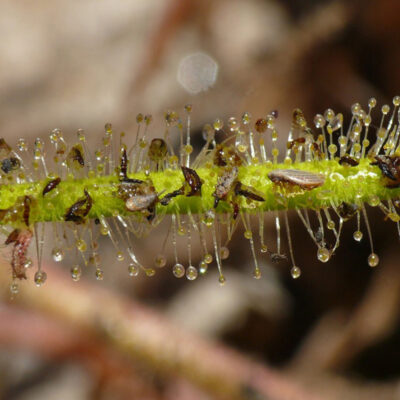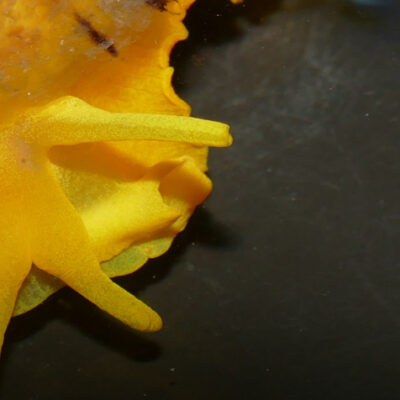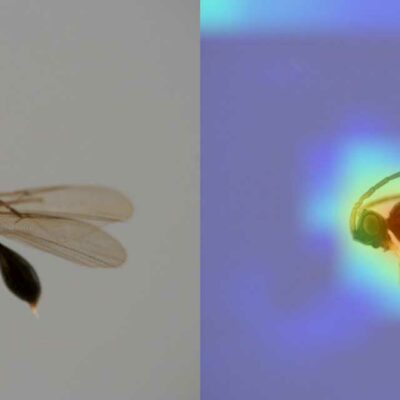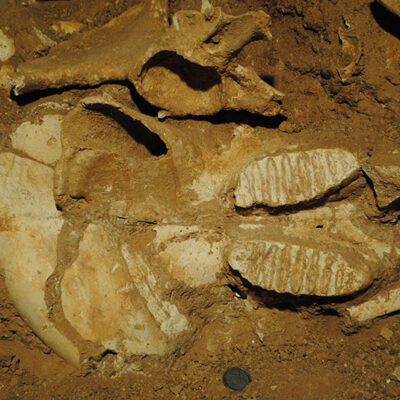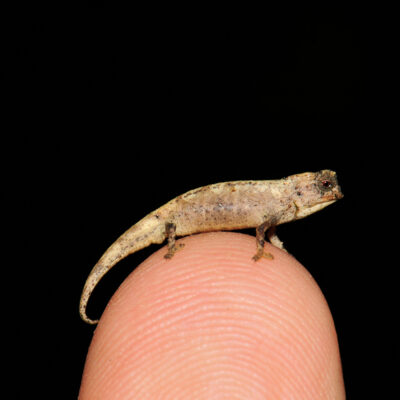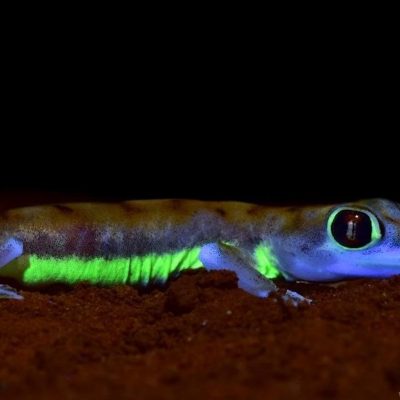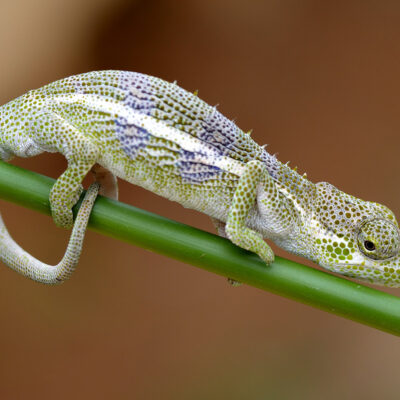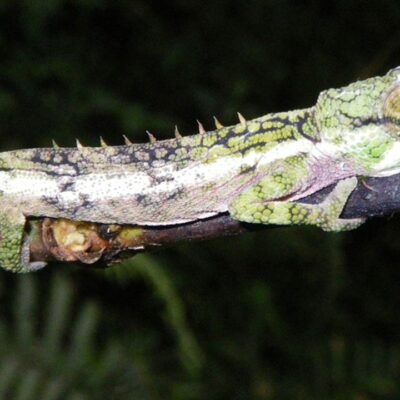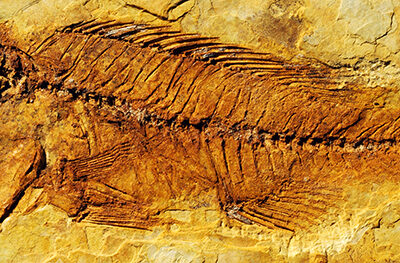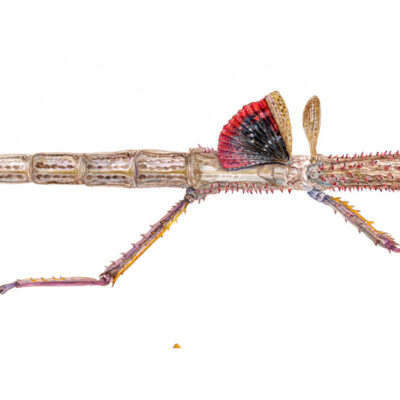A Question of Tentacles? The Evolution of Snails in a New Light
29. October 2021 | Insights
DiversityScanner
1. July 2021 | Insights
Small Elephant Heard Deep Sounds
16. June 2021 | Insights
Meet the Nano-Chameleon, a New Contender for the Title of ‘World’s Smallest Reptile’
26. January 2021 | Insights
Four New Species of Chameleons From Madagascar – Revision of the „Nosed-Chameleons“
5. February 2020 | Insights
New Light on Cichlid Evolution in Africa
19. May 2019 | Insights
New Giant Stick Insects with Brightly Coloured Males Discovered
4. April 2019 | Insights


